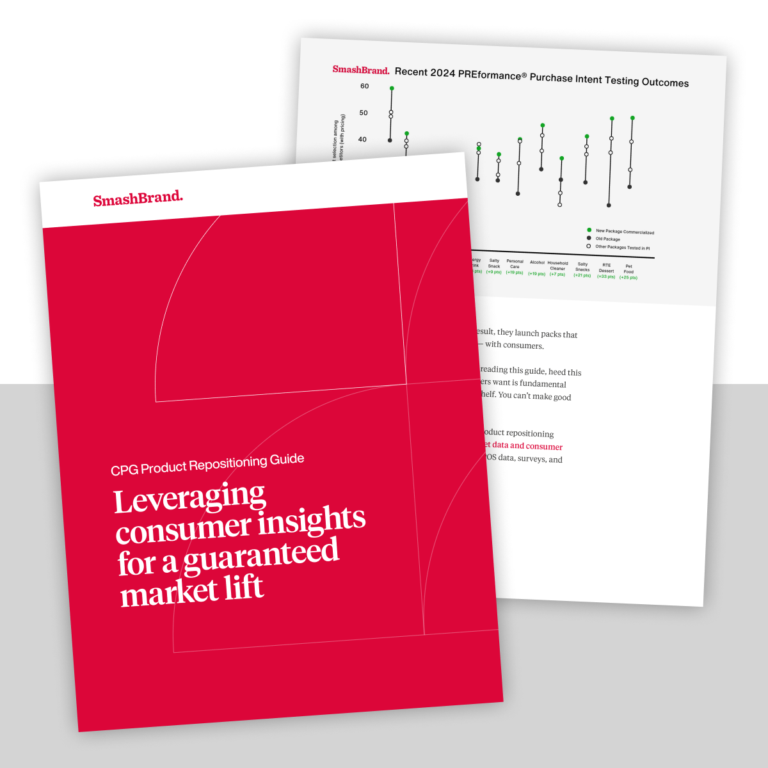So, how are Millennials fundamentally different from those of us with the benefit of age, wisdom and experience? They are statistically more likely to trust a product endorsed by Iggy Azalea, while baby boomers are statistically more likely to think “Iggy Azalea” is some kind of fungus.
For the greater part of the 20th century (and the entirety of the 21st), marketing professionals have spent their entire careers catering to the whims of the young generation, and although many of the tools have changed drastically (David Cassidy just isn’t the endorsement cash cow he once was), the strategies aren’t all that different.
There is the pressure to constantly interact with the consumer via social media, but marketing is marketing; you get your brand out there, and convince your target of the many benefits of buying your product. Of course, we’re living in a world crammed full of new-fangled communications gadgetry and the ability to globally broadcast your wait in the In-N-Out drive-thru in real time, but underneath all that technology is what 21-30 year-olds have wanted for all of human history: the desperate envy of their peer groups.
Sure, the need to one-up our friends and associates isn’t unique to the young, but Millennials, being young, are at the peak of their physical energy, and are far more willing to devote time, energy and cash to the specific purpose of making themselves seem fabulous. The products that are the most attractive will be the ones that deliver the promise of social prestige and individuality. Therefore, the packaging of those products must be, in a word, cool.
Luxury, Without Being Obviously Luxurious
Of course, there are plenty of Millennials who are perfectly fine with being conspicuous consumers of obscenely expensive luxury products and services. However, most of us like to keep it a bit more economically modest — even though we might still brag about our humble insistence on only the finest locally sourced, sustainable and organic Swiss chard and heirloom mangosteens.
The prestige balance is a bit more complex today than it was, say, in the 1980s. See, the desperate, grasping consumption of the 80s was quite simple — you were supposed to pay a ridiculous amount of money for your Andy Warhols and your Ferraris and your Don Johnson haircut. Now, the young’uns have to own all of the latest cool stuff — they just can’t appear to have been stupid enough to have paid full price. It’s a brag within a brag.
Millennial packaging has to convey uniqueness, personality, quality and simplicity. The glass jars, cloth bags and aluminum bottles that have been adopted by manufacturers seeking to win the favor of the Millennials manage to broadcast a sincere attempt at quality. Elegant package design is exceptionally important when the product itself has a low price point. A brand that recognizes and appreciates the power of the new courier font is a brand worth trusting.
Limited Edition Packaging
When you consider the amount of money that is funneled into advertising and marketing solutions, it’s actually pretty funny how willing the millennial generation is to not only advertise products free of charge, but to pay for the privilege. A young person will happily parade around in heavily branded graphic t-shirts, carry designer purses with the label clearly emblazoned on the front while conspicuously sipping Wright Bros. Brew & Brew coffee. How chic!
But it’s the limited edition packaging that gets a millennial truly stoked. They will voluntarily take snapshots of the package and post it on Instagram, in addition to their personal style blogs. There’s nothing a millennial loves more than having something that is utterly unavailable to the rest of the world. Limited edition packaging of even the most basic products gives those products an air of exclusivity that is crucial to successful millennial marketing.
Environmental Responsibility
Millennials are environmental fanatics. Actually… they’re ambivalent about the environment — it’s giving the impression that they are environmentally conscious that inspires the deepest fanaticism (let’s face it; anyone who claims to care passionately about the environment but who also acquires every generation of iPhone probably isn’t really that concerned about the horrendously damaging effects of tin mining).
So, in order to exploit satisfy the Millennial’s surface desire to help maintain a healthy and balanced ecosystem, you will want to explore packaging that is recycled, recyclable, sustainable and easy to repurpose for other home uses.
To sum up, Millennial marketing has to be luxurious without being gauche, reasonably priced without being cheap, exclusive but well-publicized and environmentally friendly without being inconveniently environmentally friendly. Whew! Happy designing!
Subscribe to
Nice Package.
A monthly newsletter that unpacks a critical topic in the FMCG & CPG industry.
Free Resource.

CPG product repositioning guide.
Explore the five undeniable signs your CPG product needs repositioning along with strategies for leveraging consumer insights for a guaranteed market lift.
Learn More About CPG product repositioning guide.